
PROS
- Numerous film types available.
- Supports autofocus and autoexposure.
- Wide-angle prime lens.
- Manual exposure via smartphone connection.
- Built-in LED ring flash.
- Classic Polaroid format.
CONS
- Battery drains when not in use.
- Pop-up viewfinder takes some getting used to.
- Film is very expensive.
- Color film needs improvement.
- Autoexposure can be tricky.
- Noisy focus motor.
- Flash doesn’t work when power is low.
BOTTOM LINE
- The Impossible I-1 is a modern instant camera with advanced tech, including manual control via Bluetooth, but it has some issues that are tough to ignore.
Design
The I-1$299.00 at Amazon features a sturdy plastic build with a matte black finish and yellow highlights. It matches one of my favorite Impossible films, the Third Man Records yellow-and-black duochrome, quite well. It has a large base, necessary to accommodate the Polaroid 600 film format, and a trapezoidal prism that directs light from the lens. The camera is noticeably smaller than older 600 models, measuring 5.7 by 4.3 by 4.3 inches (HWD) and weighing 15.5 ounces.
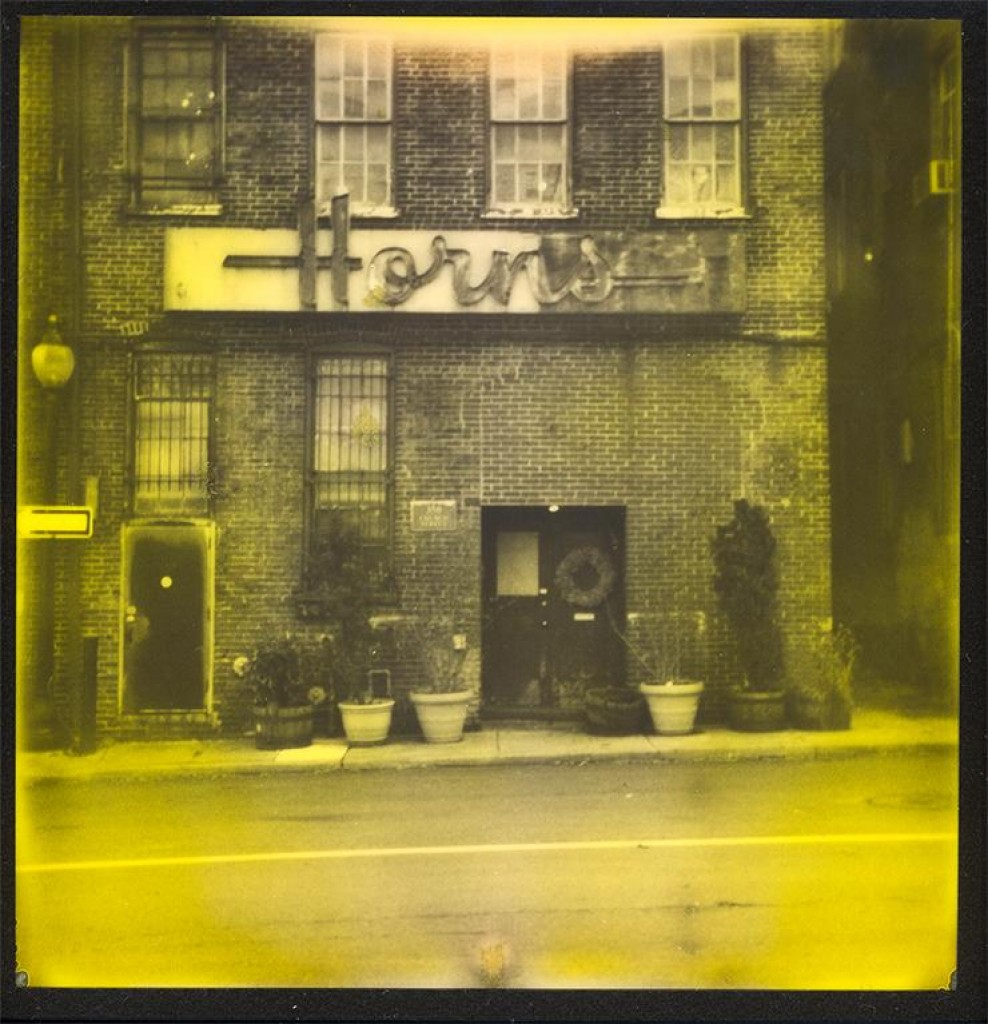
The I-1’s lens is a wider angle than older Polaroids, a nod to a generation of smartphone photographers who believe a 28mm (full-frame equivalent) angle of view to be standard. It’s a complex design that uses different lenses to capture images at different distances, while maintaining a constant field of view. There are some good things about the approach—it’s wonderful to have an autofocusing instant camera that can lock focus from 11.8 inches (0.3-meter) to infinity. But the action of the gears putting the right lens in front of the leaf shutter is obnoxiously noisy, a drawback for using the camera in social situations.
The included viewfinder attaches to the top of the camera magnetically and folds down when not in use. When open it consists of two pieces of glass—the rear element you put up to your eye and a front element about an inch ahead of it. Parallax can be an issue when framing shots using a finder of this type—if you don’t have the two pieces lined up properly, your shot won’t be what you expect. There’s a dot in the rear element and a circle imprinted on the front to aid you in keeping things right—center the dot in the circle and you’ll be good to go for framing.
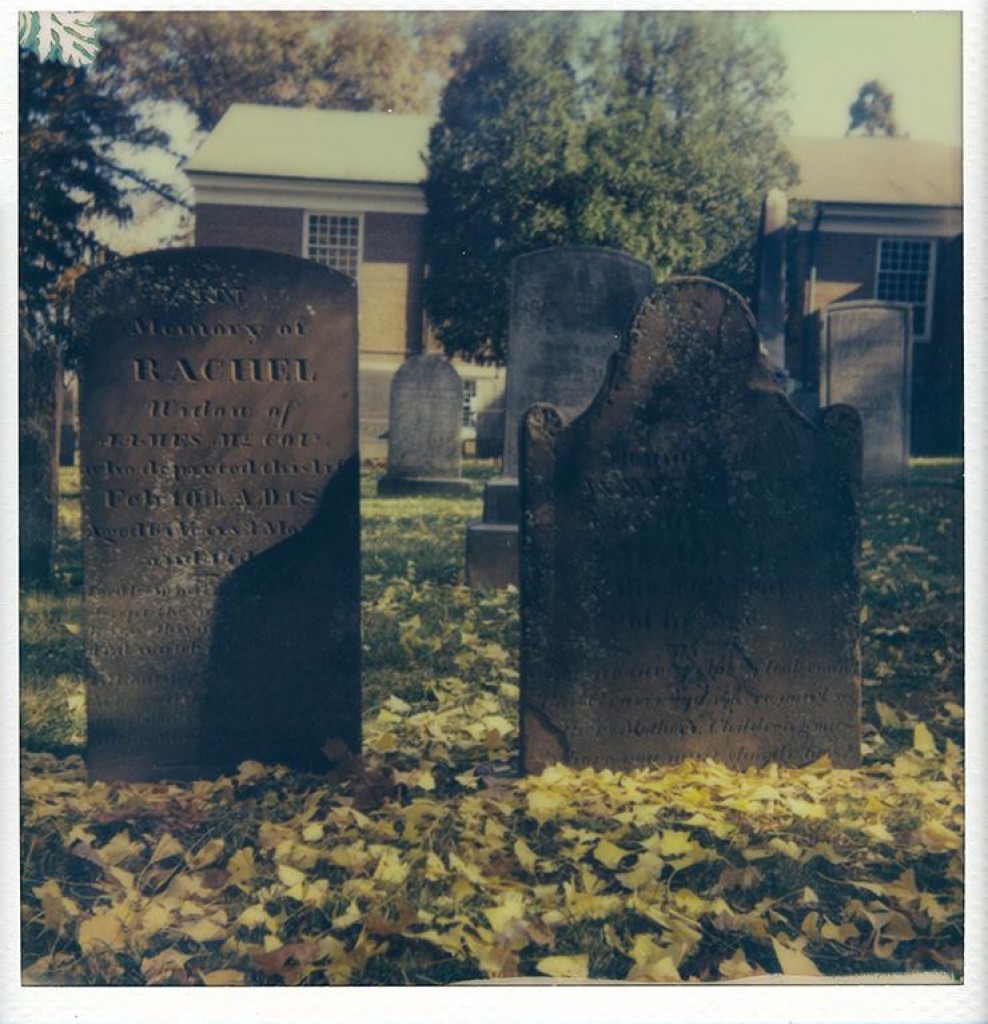
I would have preferred a more standard add-on optical viewfinder, like the type typically available for wide-angle rangefinder lenses, but the magnetic mounting system used by the I-1 precludes using a standard shoe mount viewfinder. Impossible states that more accessories are coming that use its magnetic connection, but none have been officially announced at this time.
The lens is surrounded by LEDs that serve a few different purposes, the primary of which is a ring flash. You’ll certainly need a flash when shooting indoors or in low light—the close focus lens is an f/7 at its widest, and the infinity lens is about f/9. The LED ring has 12 total lights, 8 of which fire when photographing subjects at a distance and 4 of which are diffused for softer output and fire when focusing close.

In a departure from classic Polaroid cameras, which are powered by batteries inside the film packs themselves, the I-1 is powered by an internal rechargeable battery. It’s not removable, so you need to plug the camera into a USB wall adapter in order to charge it. Impossible claims you can get 120 shots, or about three days’ worth of casual use from a full charge.
The three-day figure is an issue. Even if you’re not using the camera, the battery drains slowly, so you need to be mindful to top the I-1 off before you take it out shooting. This is in stark contrast to classic Polaroid models, which are ready to go at any moment. In my testing I found that a fully charged I-1 is completely dead within a week of sitting on a shelf.
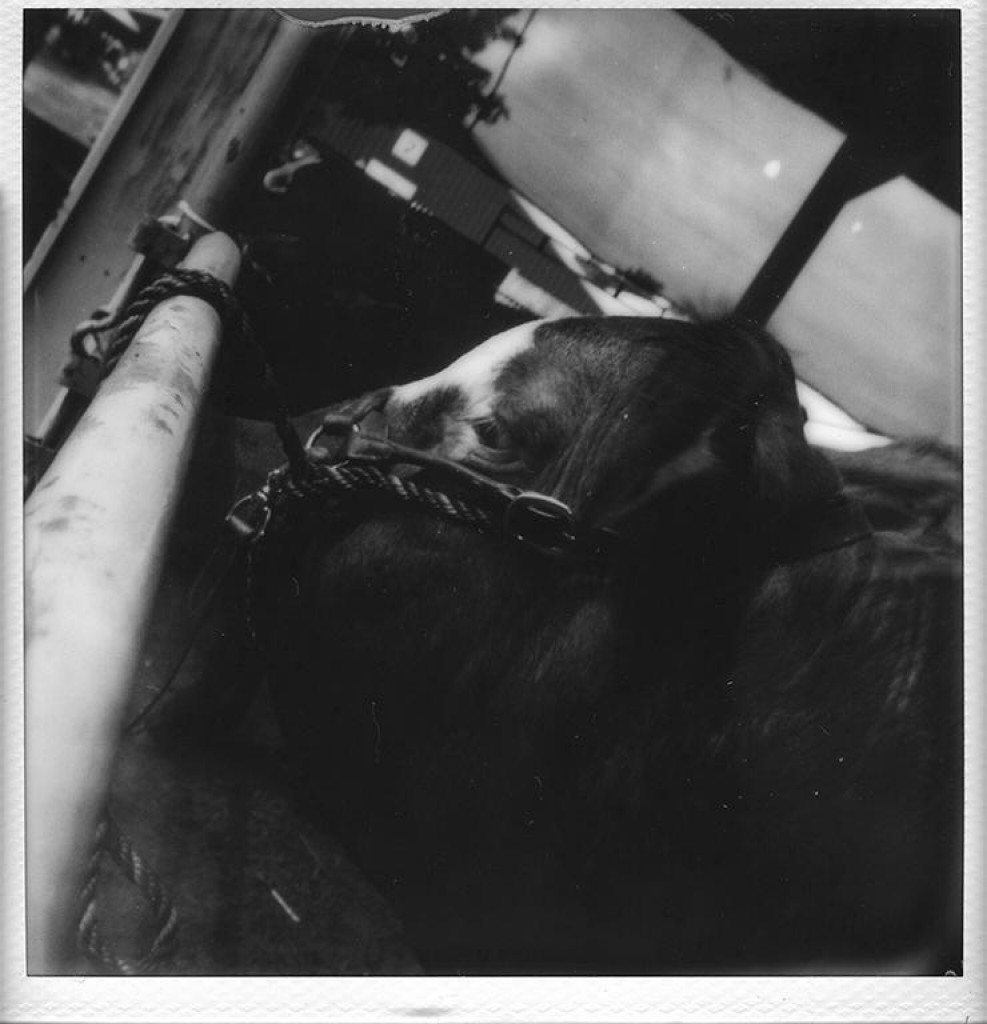
It’s easy enough to check the level of charge—just press the shutter button when the camera is turned off and the lights around the lens will light up to tell you how much power is available. At least four of the seven lights must be lit in order for the flash to work. For indoor shots you definitely need the flash, and it can provide fill for backlit subjects outdoors as well. Not having it available when the battery is low is a problem.
Film
The camera works with Impossible 600 film (which includes an internal battery, unused here) and I-1 film, which is a little less expensive as it omits the battery that’s needed to power legacy Polaroid cameras. But film isn’t cheap—an eight-shot pack of I-1 film sells for $19.99, making the cost of each press of the shutter about $2.50. You can cut the cost to $2.38 per image if you buy film packs in quantities of three.

That’s a steep price to pay for an image. The Instax Wide format used by the Lomo’Instant Wide and Fujifilm Instax Wide 300$83.98 at Amazon costs between $0.75 and $1.09 per image depending on how much you buy at a time. At this time, however, Instax Wide is only sold in a color format. When shooting with the I-1 you have the option of using black-and-white film, a big plus for photographers with an artistic bent.
Impossible’s color has some serious room for improvement. Even though a new emulsion was introduced this year, washed-out colors and the need to block the film from light as it develops are both real issues. You don’t have to keep the film in the dark for the full 20-to-30-minute development time (though it’s not a bad idea to do so), but the first few minutes are crucial.

To help you better shield images, a long plastic film—Impossible calls it a frog tongue—is built into the camera. It completely covers the image after it’s ejected from the camera. I carry an empty film box with me when in the field, and do my best to maneuver the image into it without letting the sun hit it, but it’s a tricky process. The lip of the frog tongue curls around the bottom of the image frame. Once you pull it away the black sheet quickly retracts into the camera. If you’re not careful you can end up bending the film, and if that happens early in the development process, it can damage the image. Now, this isn’t always a bad thing—sometimes happy accidents make for stunning results, as with the shot of fall foliage above, which I seriously bent while trying to transfer it to a box, using my camera bag as a makeshift darkroom.
The Generation 2.0 Black-and-White is a lot better. You don’t have to protect it from light as it develops, so you can watch the image emerge. It has strong contrast and detail, and fully develops in about 15 minutes. When I first shot the film last year I noticed that a sepia tint developed after about a week of storage, but that wasn’t an issue with the black-and-white film that Impossible provided with the I-1.
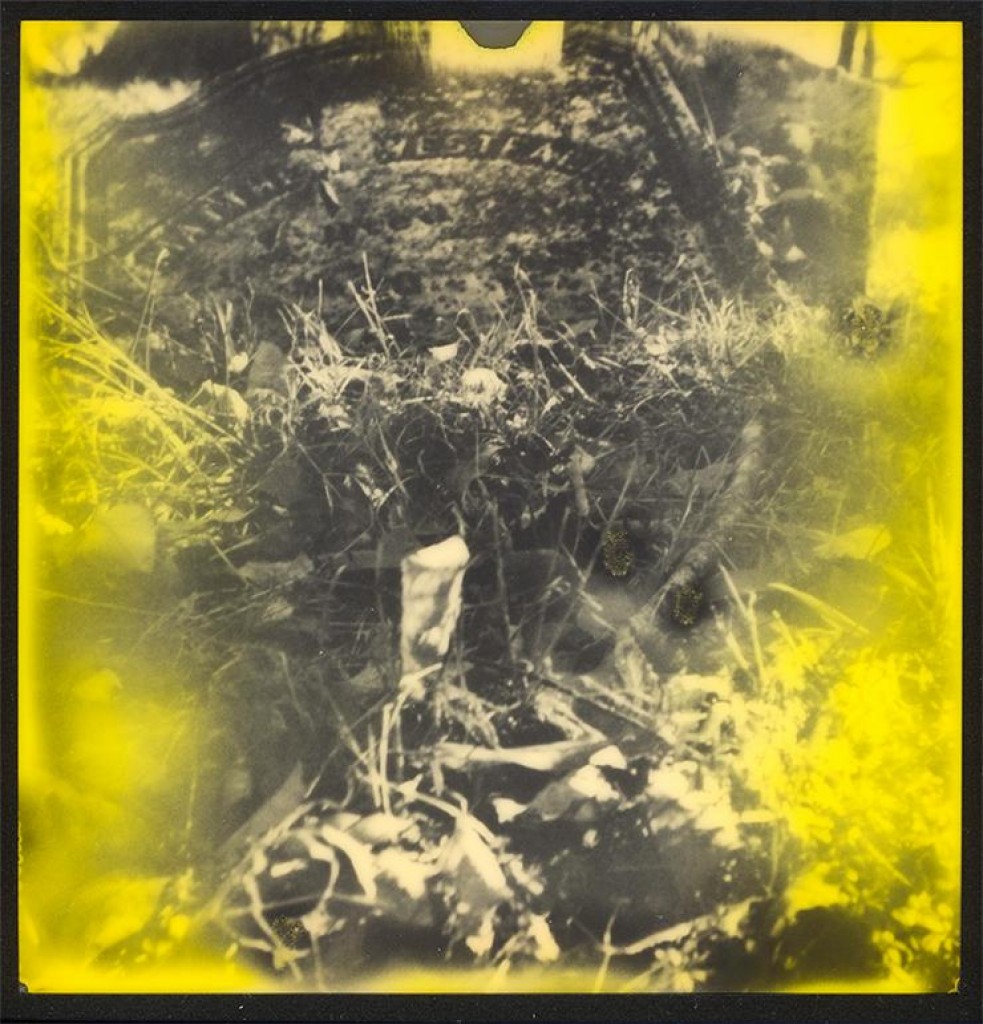
And there are limited edition films based on the black-and-white stock that deliver different results. The aforementioned Third Man Records edition is black-and-yellow, for example, and there are orange- and red- tinted duochromes available at press time. Since they are based on the black-and-white film, you don’t have to shield them from light, and images emerge quickly. You can also get film with different color frames around the images, and opt for a circular frame if you aren’t a fan of the square look.
Bluetooth Connectivity
The I-1 doesn’t give you a lot of control over images in its normal operating mode. You can choose whether or not the flash fires, and dial in a bit of negative or positive exposure compensation, but that’s it.
But pairing it with your Android or iOS device via Bluetooth and downloading the I-1 Camera app opens up a world of control possibilities. You can manually set focus, aperture, shutter speed, and flash power. An exposure guide lets you know if your image is going to be underexposed or overexposed based on the I-1’s ambient meter, but you’ll want to hand meter the scene (either using something like the Lumu or your phone’s camera in conjunction with a metering app) for the best results. Impossible film is rated at ISO 640.
Manual control is a big plus to shoot images that stand apart from traditional snapshots. I used it for some long exposure work at a local carnival, but the possibilities are endless. Event photographers can combine a long exposure and the flash to both freeze a crisp image of wedding guests on the dance floor and surround them with blur, for example—just as you would with an SLR with full manual control.
One item of note: Only manual focus is available when working in manual mode via Bluetooth. I would have liked to see autofocus enabled, as estimating the distance between camera and subject is an unnecessary pain.
There are other creative functions available when using the app. There’s a basic self-timer option, as well as a noise trigger (think of it as a Clapper for your camera), and two types of light painting—one that shoots a long exposure and allows you to use your phone’s LED flash to paint in white light, and another that uses the phone’s screen to paint in different colors. Double Exposure is also available, always a popular feature in analog cameras.
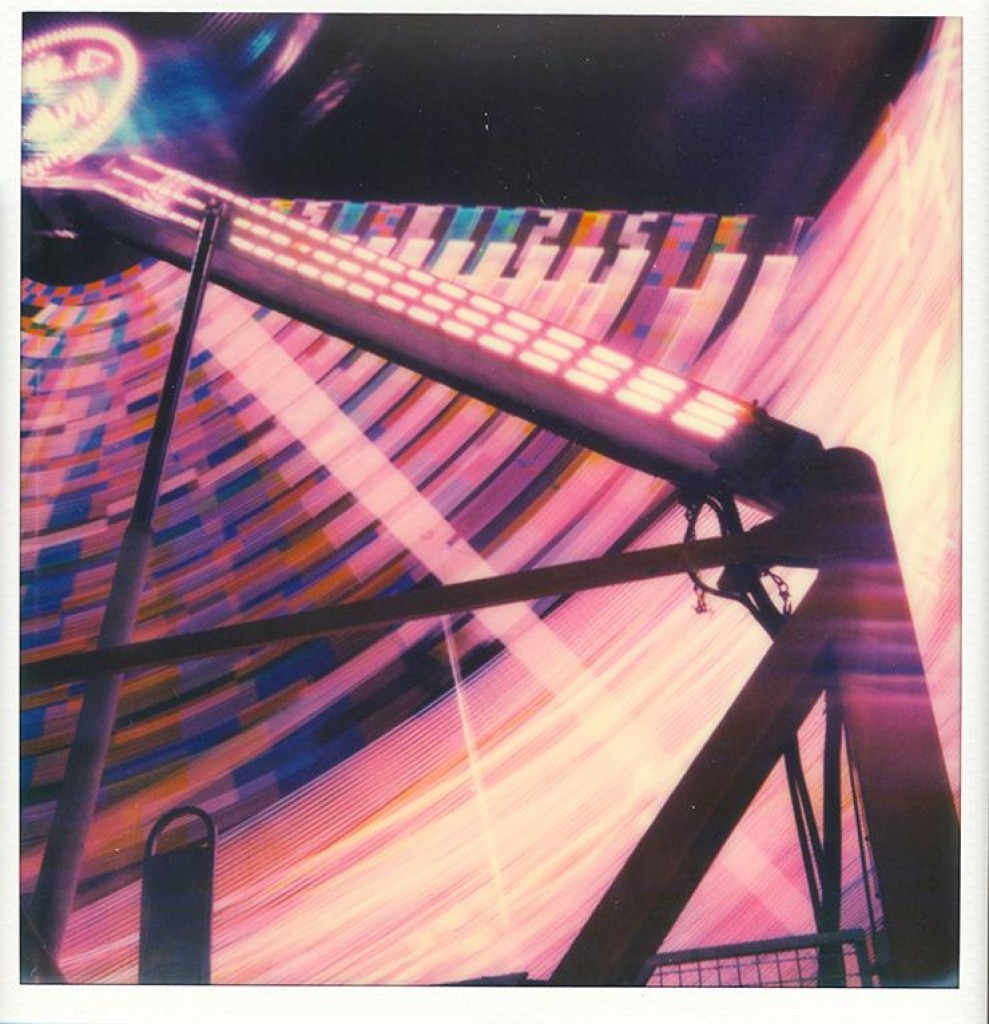
Finally there’s a scanner setting that digitizes your finished images using the phone’s camera. You can shoot at a skewed angle to avoid glare and the app will eliminate distortion, you just need to identify each corner of the the photo. I opted to scan images for this review using a flatbed scanner. I used an empty film cartridge as a film holder, so the physical image doesn’t touch the scanner glass itself. That eliminates the distracting Newton’s Rings effect that you can get when photos come in direct contact with the scanner glass.
Conclusions
I had really high hopes for the Impossible I-1. The company is doing an admirable job at a task that some dubbed impossible—keeping Polaroid film alive in the 21st century. And it’s attacked it in an ambitious manner, not only reverse engineering a complex chemical process, but developing new hardware to use the film as well. The I-1 is a solid first effort, but like the company’s first attempts at mass producing instant film, there’s some room for improvement.
Image quality is strong, with a wide-angle lens that’s sharper than you’ll get with most eBay Polaroid 600 models, and the ability to control exposure manually via your smartphone is an excellent feature for creative photographers. And I absolutely adore the quality of the black-and-white and duochrome films. Black-and-white is currently only available in the small Instax Mini format, and no one else has toned duochrome instant film available. It’s likely only a matter of time before the black-and-white Instax Mini film is also sold in the larger Wide format.
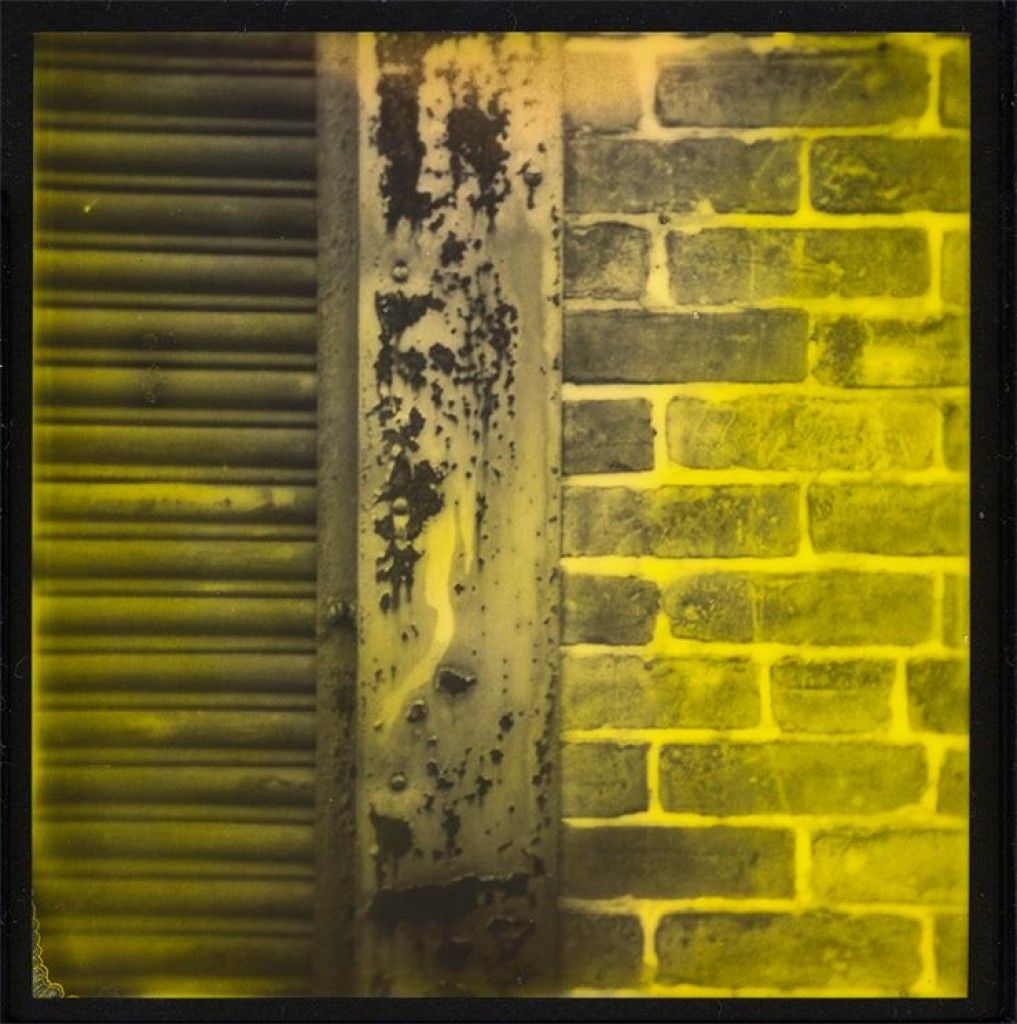
But the color stock still has a long way to go to match the quality of Instax film. And there are other issues with the camera itself that can’t be ignored, most notably the battery. Given the cost to shoot, the I-1 is a camera that you will likely want to grab to capture an image or two, and then put away until the next moment you want to preserve in a physical, tactile format. But with a battery that only holds a charge for up to a week, you’ll need to more carefully plan your instant photography. That kills the spontaneity of the instant film format.
I have faith that Impossible’s color film will get better in time. And the ability to charge the I-1 via USB does help to ameliorate the battery issue. Despite not having as wide a variety of film types available, we’re leaving our Editors’ Choice with the Lomography Lomo’Instant Wide, which is much more economical to use, and costs less up front.
Sourse: pcmag.com









































